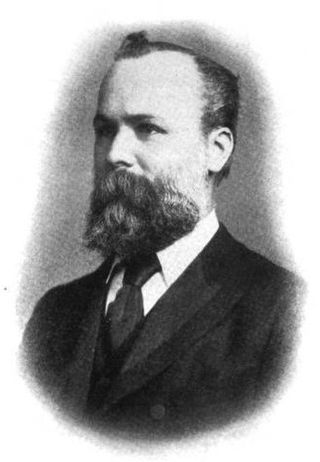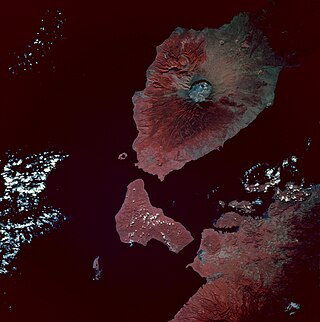
A corona is the outermost layer of a star's atmosphere. It consists of plasma.

Sunspots are phenomena on the Sun's photosphere that appear as temporary spots that are darker than the surrounding areas. They are regions of reduced surface temperature caused by concentrations of magnetic flux that inhibit convection. Sunspots appear within active regions, usually in pairs of opposite magnetic polarity. Their number varies according to the approximately 11-year solar cycle.

The Maunder Minimum, also known as the "prolonged sunspot minimum", was a period around 1645 to 1715 during which sunspots became exceedingly rare. During a 28-year period (1672–1699) within the minimum, observations revealed fewer than 50 sunspots. This contrasts with the typical 40,000–50,000 sunspots seen in modern times over a similar timespan.
Timeline of solar astronomy
Starspots are stellar phenomena, so-named by analogy with sunspots. Spots as small as sunspots have not been detected on other stars, as they would cause undetectably small fluctuations in brightness. The commonly observed starspots are in general much larger than those on the Sun: up to about 30% of the stellar surface may be covered, corresponding to starspots 100 times larger than those on the Sun.

The solar cycle, also known as the solar magnetic activity cycle, sunspot cycle, or Schwabe cycle, is a nearly periodic 11-year change in the Sun's activity measured in terms of variations in the number of observed sunspots on the Sun's surface. Over the period of a solar cycle, levels of solar radiation and ejection of solar material, the number and size of sunspots, solar flares, and coronal loops all exhibit a synchronized fluctuation from a period of minimum activity to a period of a maximum activity back to a period of minimum activity.

A coronal mass ejection (CME) is a significant ejection of magnetic field and accompanying plasma mass from the Sun's corona into the heliosphere. CMEs are often associated with solar flares and other forms of solar activity, but a broadly accepted theoretical understanding of these relationships has not been established.

Edward Walter Maunder was an English astronomer. His study of sunspots and the solar magnetic cycle led to his identification of the period from 1645 to 1715 that is now known as the Maunder Minimum.
The Spörer Minimum is a hypothesized 90-year span of low solar activity, from about 1460 until 1550, which was identified and named by John A. Eddy in a landmark 1976 paper published in Science titled "The Maunder Minimum". It occurred before sunspots had been directly observed and was discovered instead by analysis of the proportion of carbon-14 in tree rings, which is strongly correlated with solar activity. It is named for the German astronomer Gustav Spörer.

In solar physics, a coronal loop is a well-defined arch-like structure in the Sun's atmosphere made up of relatively dense plasma confined and isolated from the surrounding medium by magnetic flux tubes. Coronal loops begin and end at two footpoints on the photosphere and project into the transition region and lower corona. They typically form and dissipate over periods of seconds to days and may span anywhere from 1 to 1,000 megametres in length.

Helmet streamers, also known as coronal streamers, are elongated cusp-like structures in the Sun's corona which are often visible in white-light coronagraphs and during solar eclipses. They are closed magnetic loops which lie above divisions between regions of opposite magnetic polarity on the Sun's surface. The solar wind elongates these loops to pointed tips which can extend a solar radius or more into the corona.

Mount Tambora is a volcano on the island of Sumbawa in present-day Indonesia, then part of the Dutch East Indies, and its 1815 eruption was the most powerful volcanic eruption in recorded human history. This volcanic explosivity index (VEI) 7 eruption ejected 37–45 km3 of dense-rock equivalent (DRE) material into the atmosphere, and was the most recent confirmed VEI-7 eruption.

Solar cycle 25 is the current solar cycle, the 25th since 1755, when extensive recording of solar sunspot activity began. It began in December 2019 with a minimum smoothed sunspot number of 1.8. It is expected to continue until about 2030.
Solar observation is the scientific endeavor of studying the Sun and its behavior and relation to the Earth and the remainder of the Solar System. Deliberate solar observation began thousands of years ago. That initial era of direct observation gave way to telescopes in the 1600s followed by satellites in the twentieth century.

Solar phenomena are natural phenomena which occur within the atmosphere of the Sun. They take many forms, including solar wind, radio wave flux, solar flares, coronal mass ejections, coronal heating and sunspots.

Patterns of solar irradiance and solar variation have been a main driver of climate change over the millions to billions of years of the geologic time scale.












